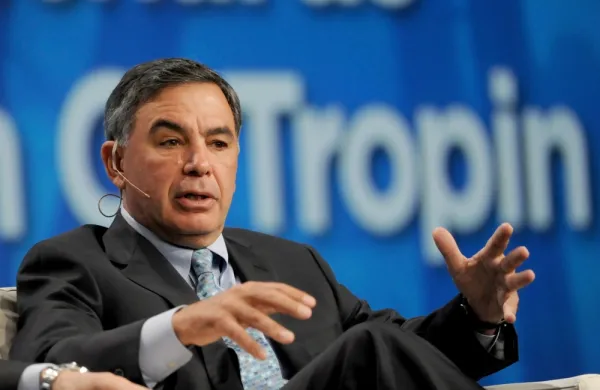The Church of England’s £7.9 billion ($10.24 billion) investment fund is looking at music royalties and direct venture capital deals for this year’s new asset allocations, according to its director of investments.
Music royalties, which don’t neatly fit into private equity or private credit allocations, can produce “attractive” returns of eight percent to 10 percent, Tom Joy, the director of investments for the Church Commissioners for England, said in an interview.
Asset managers are willing to consider esoteric investments as they increasingly seek new ways to diversify their portfolios. The idea of music royalties as an asset class was first introduced in 1997 by musician David Bowie, who raised $55 million by issuing bonds backed by the income from 25 of his albums. Prudential Insurance Company of America purchased the portfolio, earning 7.9 percent a year until the bonds expiration in 2007 and the rights passed back to Bowie.
The price of music royalty assets has come down “materially,” Joy said. “The timing is good for this.”
The Church Commissioners Investment Fund had a stellar 2016, producing a 17.1 percent return that was driven by strong gains from global equities, private credit strategies, private equity and timberland. Its decision to consider direct venture capital investments follows the hiring of Michelle Ashworth at the end of last year to lead the fund’s venture team.
“It’s great to have a good year, but what makes a difference is consistency,” Joy said. “We are aiming to access and partner with some of the world’s best venture capitalists.”
The Church of England’s investment fund targets a return that’s 5 percent above inflation each year, using the gains to support the mission and ministry of the Church of England.
The fund provides grants for mission activities, helps cover cathedrals costs, and supports clergy pension payments. Returns were sufficient to contribute £230.7 million to the mission of the Church of England in 2016, a 5.6 percentage-point increase from the previous year.
While the fund has no domestic bias to the U.K., its U.K. investment assets are broad and include residential real estate, agriculture and farmland.
“We only want to focus where we have competitive advantage and the skillset,” Joy said. "We don’t think we have the skillset in managing farmland on a global basis.”







